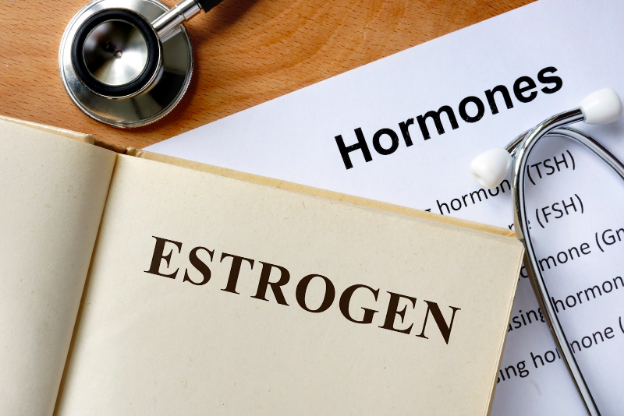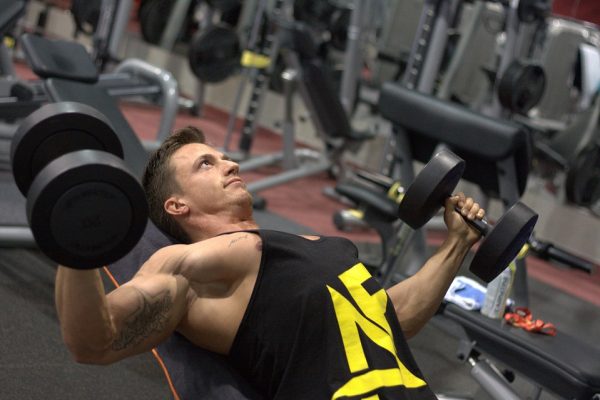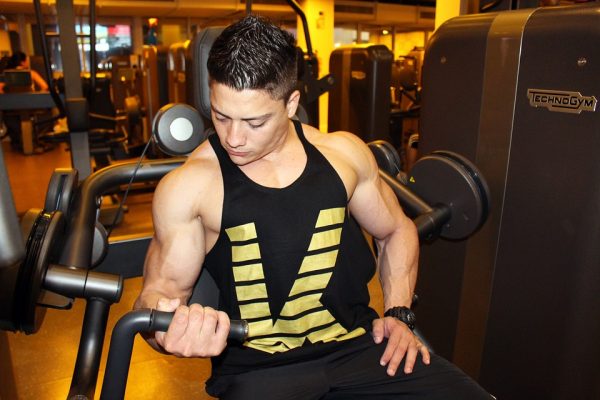ESTROGEN: WOMAN’S MAJOR SEX HORMONE
Known as the female’s sex hormone, estrogen plays an important role in the sexual and reproductive development of a woman.
According to hello wisp, there are three different types of estrogen that change during a woman’s lifespan. These are the following:
Estradiol (E2)
Occurs from the first menstrual cycle up to the menopausal stage, most of this hormone is produced in the ovaries, ranging on the course of the menstrual cycle. At this time, this hormone is the most dominating estrogen in the bloodstream. Moreover, it has the strongest effect on the body’s specific receptors of estrogen hormone.
Estrone (E1)
Aside from E2, estrone is the next hormone that is present during the childbearing years. It is also produced in the ovaries but in smaller amounts only. This is primarily made from another sex hormone called androgens, through a biochemical process called aromatization. On the menopausal phase, this is the only estrogen hormone that is produced in the body.
Estriol (E3)
This is the estrogen of pregnancy, though it is present in the body even if you’re not pregnant, but with the smallest, almost undetectable amounts only. It also increases the most when you are pregnant due to the presence of placenta. However, of all the estrogen types, it has the weakest effect on the estrogen hormone receptors.
Estrogen’s Functions in the Human Body
Aside from being the major sex hormone of a woman, it also plays an essential role during the phase of pregnancy, and also in the other body parts and functions. Here are some of the following roles of estrogen:
- Development of sexual characteristics- Estrogen is responsible for the development of the body parts during the puberty stage like hair appearance in the armpits and breast enlargement, which signals the arrival of the menstrual cycle, preparing the body for the childbearing stage. Furthermore, it also aids in continuous changes in the reproductive system like the vagina and uterus.
- Menstrual period- Estrogen is in-charge of lining build-up in the uterus which makes it prepared for the pregnancy, and whenever you’re not pregnant, this lining peels off, making the menstrual period month.
- Health and development of the bones- Estrogen normalizes the bone turnover in the adult bones and protects it from bone loss. That is why during menopause, bone loss increases because estrogen level falls at this time.
- The health of the heart- Estrogen also aids in minimizing the swollenness of the blood vessels and regulating the cholesterol levels, maintaining the health of the blood vessels.
- Management of the moods and emotions- Estrogen helps to promote the production of serotonin, a brain chemical that aids in balancing a person’s mood. That is why estrogen has a great effect on a woman’s mood- the lower the estrogen, the lower the serotonin as well.
ESTRADIOL: A STEROID HORMONE
Estradiol, as mentioned above, is the strongest and most dominating estrogen hormone in a woman’s body. It brings great effect in the reproductive and sexual parts and processes that occur in females, also in other body organs like bones.
Chemical Dynamics
Since it is a steroid type of hormone, estradiol comes from cholesterol. The transitional from the side chain cleavage along with the delta-5 or delta-4 pathway is the androstenedione, in which a part of it is transformed into testosterone, a male hormone. After, this will be converted to estradiol through aromatase, an enzyme. Meanwhile, on the other path, androstenedione is changed into estrone which will also be converted into estradiol.
Estradiol’s Functions in the Human Body
Estradiol is the most important estrogen hormone especially in the development of the female’s reproductive parts. This is also essential in sexual functions. Here are some of its roles in the body:
- Development of reproductive parts- Estradiol is considered the growth hormone for the reproductive parts like the vagina, uterus, fallopian tube, endometrium, and cervical glands. Moreover, it also boosts the muscle layer of the womb called the myometrium. It also maintains the ovary’s eggs which are called oocytes and activates occurrences leading to ovulation.
- Growth of the sexual secondary parts- Puberty changes are triggered by estradiol like the adjustments in the shape of the body, changes in the skin and distribution of the fats. The changes are active during the reproductive stage and declines at the menopausal stage since the estradiol production at this time declines as well.
- Effects on the brain- Estradiol brings impact on the vasculature and it also improves the flow of blood in the coronary arteries.
- Disease involvement- Unfortunately, estradiol is said to be involved in non-cancerous illnesses like uterine bleeding, endometriosis, and uterine fibroids. Furthermore, there are researches that suggest that it also stimulates oncogenes, a cancer-causing gene that raises the risk of breast and endometrial cancers.



